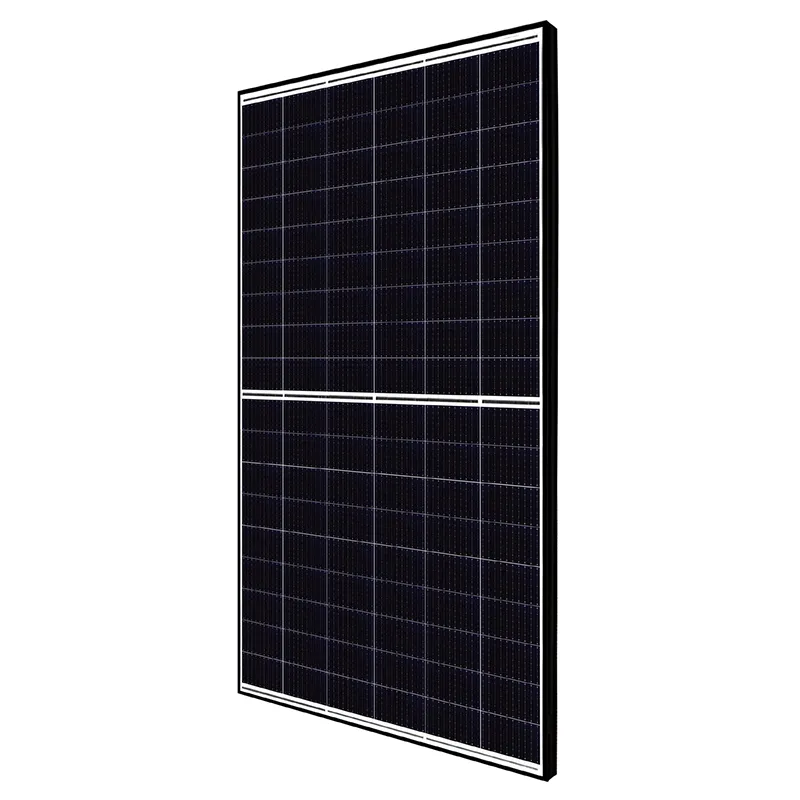Exploring the Rear Side of Solar Panels and Its Impact on Efficiency
The Back Side of Solar Panels Understanding Its Importance
Solar panels have become a prominent part of our move toward renewable energy sources. While much focus is placed on the front side of solar panels—where sunlight is captured and converted into electricity—the back side of these panels is equally important and warrants closer examination. This article will explore the role of the back side of solar panels, its construction, and how it influences efficiency and durability.
Composition and Design
The back side of a solar panel is often overlooked, but it plays a critical role in the overall performance and longevity of the panel. Most solar panels are constructed using layers of silicon cells sandwiched between protective materials. The back of a solar panel typically features a backing material—often made from glass, plastic, or a special polymer—that provides structural stability and protects the internal components from environmental factors.
This backing can also include a layer of insulation that aids in thermal management. Overheating can significantly reduce the efficiency of solar panels, so effective heat dissipation from the back side is essential. Proper insulation helps maintain optimal operating temperatures, ensuring that the panels function efficiently even in extreme weather conditions.
Thermal Performance
The back side of solar panels is crucial for thermal performance. Solar panels generate electricity through photovoltage; however, they also produce heat during operation. If this heat is not efficiently dissipated, it can lead to increased resistance in the electrical circuits, resulting in reduced efficiency. Therefore, the design and materials used for the back side must promote effective heat dissipation.
Innovative materials, such as aluminum and specially treated polymers, are employed to enhance heat management. By reflecting a portion of the sun’s heat and allowing airflow, these materials can help maintain a lower operating temperature for the solar cells on the front. This thermal regulation is paramount for ensuring that the panels perform optimally over their lifespan.
back side of solar panel

Durability and Lifespan
Another critical aspect of the back side of solar panels is its contribution to durability. The panels must withstand various environmental stressors, including moisture, temperature fluctuations, and mechanical impacts. The materials used on the back side are engineered to resist corrosion, prevent moisture ingress, and protect against physical damage.
For instance, advanced encapsulation techniques involve sealing the edges of the solar cells with durable materials. This sealing process prevents the accumulation of water and moisture within the panel, which can degrade the components and lead to failures. A strong and resilient back side is instrumental in enhancing the overall lifespan of solar panels, which can be 25 years or more with proper care.
Aesthetic Integration
As the energy landscape evolves, so does the aesthetic appeal of solar panels. The back sides of these panels can also be designed with aesthetics in mind, allowing for seamless integration into rooftops and building materials. This innovation opens up opportunities for solar panels not only to be functional sources of energy but also to enhance architectural designs and curb appeal.
Conclusion
In conclusion, the back side of solar panels is a significant component that supports functionality and longevity. From thermal performance to durability and aesthetic appeal, the design and materials used in the back side play a vital role in ensuring that solar panels deliver optimal performance. As technology continues to advance, it is essential to consider all facets of solar panel design, including the often-ignored back side, in the quest for more efficient and sustainable energy solutions. Whether homeowners or businesses are considering solar power, understanding these details can help in making informed decisions that lead to better energy outcomes.
-
String Solar Inverter: The High-Efficiency Solution for Smart Solar EnergyNewsJul.14,2025
-
Revolutionizing Rooftop Energy with the Power of the Micro Solar InverterNewsJul.14,2025
-
Power Independence with Smart Off Grid Solar Inverter SolutionsNewsJul.14,2025
-
On Grid Solar Inverter: Powering the Future with Smart Grid IntegrationNewsJul.14,2025
-
Monocrystalline Solar Panels: High-Efficiency Power for the Future of Clean EnergyNewsJul.14,2025
-
Bifacial Solar Panel: A Smarter Investment for Next-Generation Energy SystemsNewsJul.14,2025







